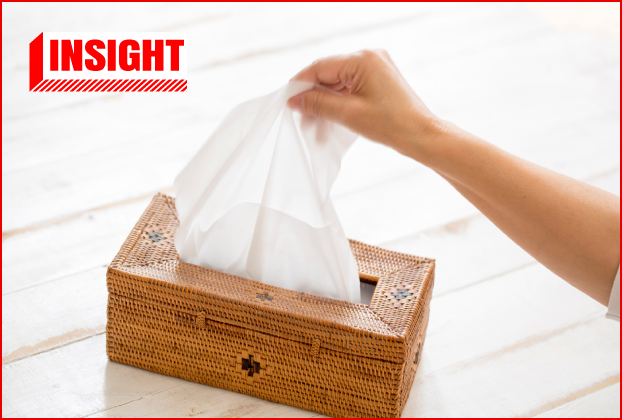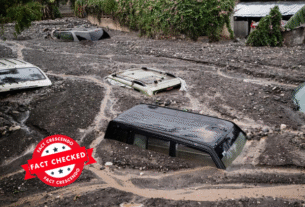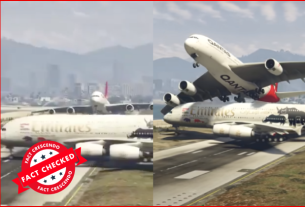Imported tissues from China have become increasingly popular in many parts of this region, primarily because of their lower price compared to domestically produced tissues. However, there are concerns about the quality and safety of these products raised by several users on social media. Specifically, there are concerns about products with codes ending in 810 and 808. This topic has recently sparked discussions in the online community.
Social Media Post
Some Facebook users have posted a warning about imported tissue paper from China. According to these users, the code “810” on the back of the packaging indicates that the material used in the production of the tissue paper is recycled. They also claim that bleach is used in the manufacturing process.

The claim was viral, especially in Thailand. Source | Archive
What do the codes on tissue papers mean?
The code numbers 810 or 808 correspond to the full codes GB/T 20808 and GB/T 20810, respectively. These codes represent industry standards in China, commonly known as GuoBiao Standards or GB standards.
In China, there are two levels of standards: mandatory and recommended. Mandatory standards are legally binding and ensure human health and safety, while recommended standards are specifications that are not legally required.
You can determine the level of a standard by examining its code. If the code starts with GB, it is a mandatory standard; if it starts with GB/T, it is a recommended standard.
GB/T 20810 is the standard for toilet tissue paper, which includes the base paper used for toilet tissue. In contrast, GB/T 20808 is the standard for general tissue paper.
In Thailand, codes are used to categorize the types of tissue paper usage. There are standards for different types of tissue paper according to the following codes:
- TIS 214-2560 for toilet paper
- TIS 215-2560 for facial tissue
- TIS 239 for handkerchief tissue paper
- TIS 240 for napkin paper
- TIS 2925 for multi-purpose tissue paper
Cleanliness Standards
Code 808: This code refers to “General Tissue Paper” that is exclusively made from “Virgin Pulp” tissue. The use of “Recycled Pulp” tissue is prohibited.
“Virgin Pulp” tissue is 100% new tissue, which provides a soft and smooth texture. It is commonly used for facial tissue and does not contain any residual chemicals.

Code 810: This code refers to “Toilet Paper” that can be manufactured using recycled tissue as raw material.

On the other hand, “Recycled Tissue” is produced from used paper, such as newspapers, magazines, writing paper, or cardboard. The ink is removed, and the paper is reformed, resulting in a cloudy white appearance, rough texture, lower quality, and lower price. It may also contain residual chemicals or bleaching agents.
Summary
The code numbers 810 or 808 found on tissue paper imported from China are standard industry codes. The code ending in 808 is used for general tissue paper, which has higher quality and standards compared to the code number 810, which is specifically for toilet paper.
While toilet paper may have lower cleanliness and potentially contain more impurities, it does not necessarily mean that recycled tissue paper is being used. Importing products for sale in Thailand does not imply low quality or health risks, as there are production standards mandated by law to ensure safety. Consumers should follow recommendations for selecting products and carefully read product labels.
Source:
Ass. Prof. Dr. Jessada Denduangboripant
Follow us and stay up to date with our latest fact checks.
Facebook | Twitter | Instagram | LINE | TikTok

Title:Is it true that tissue from China is contaminated and should not be used on the body?
Written By: Fact Crescendo TeamResult: Insight






